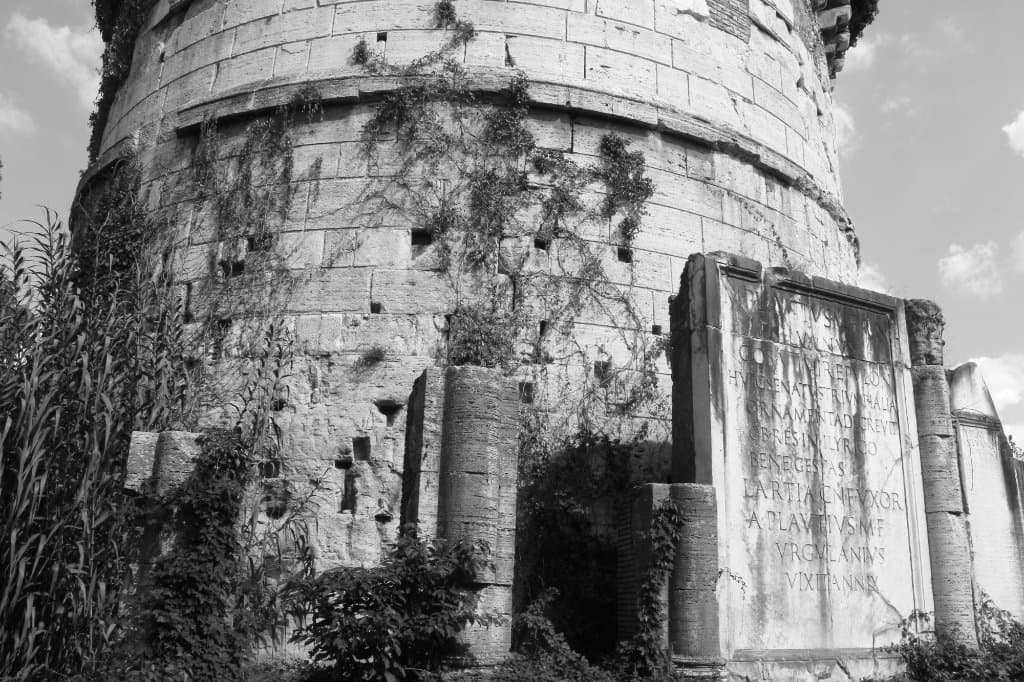
Tomb of the Plautii
A well-preserved Roman mausoleum and historic bridge, offering a glimpse into ancient Tibur's grandeur.
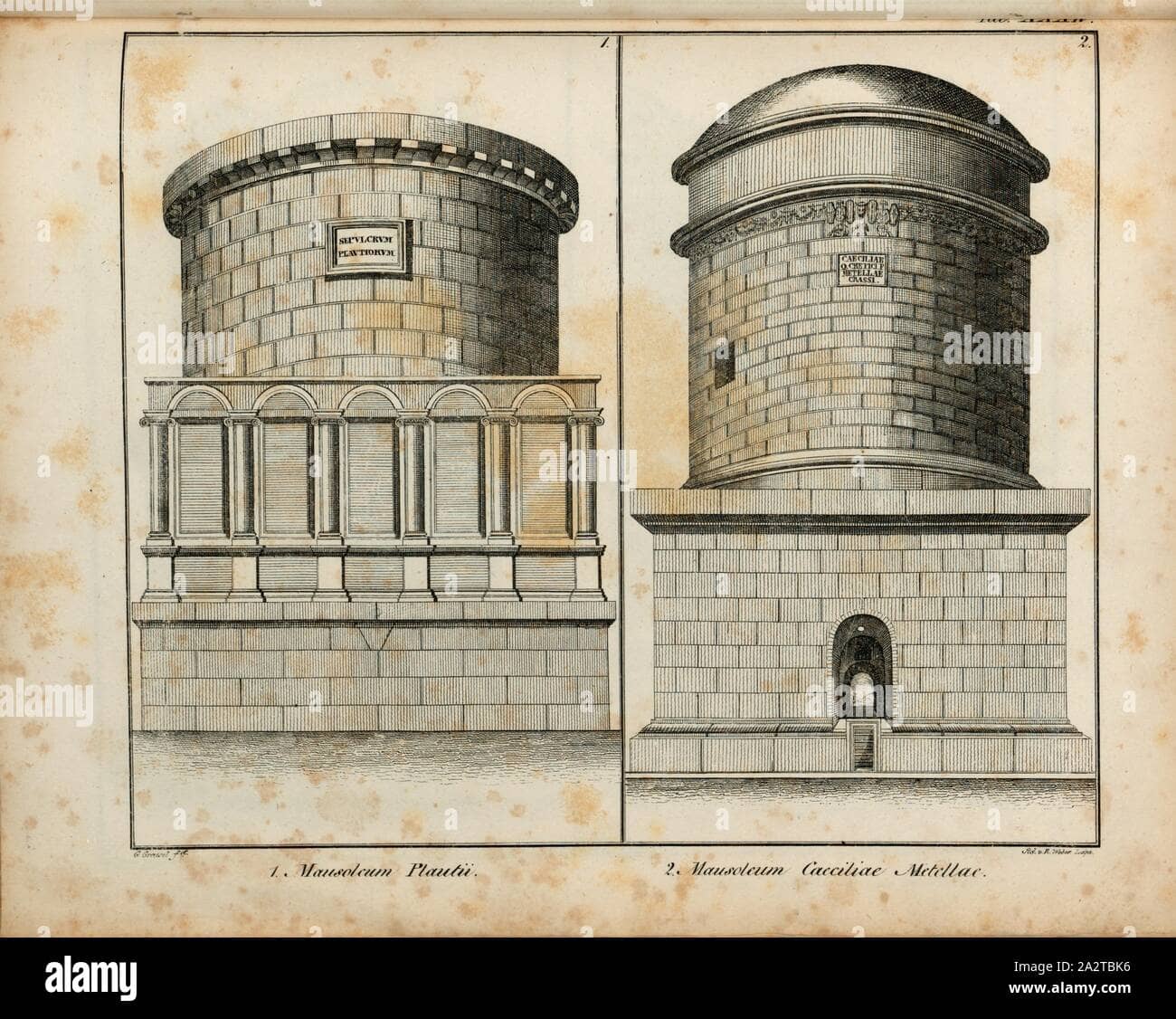
Highlights
Must-see attractions
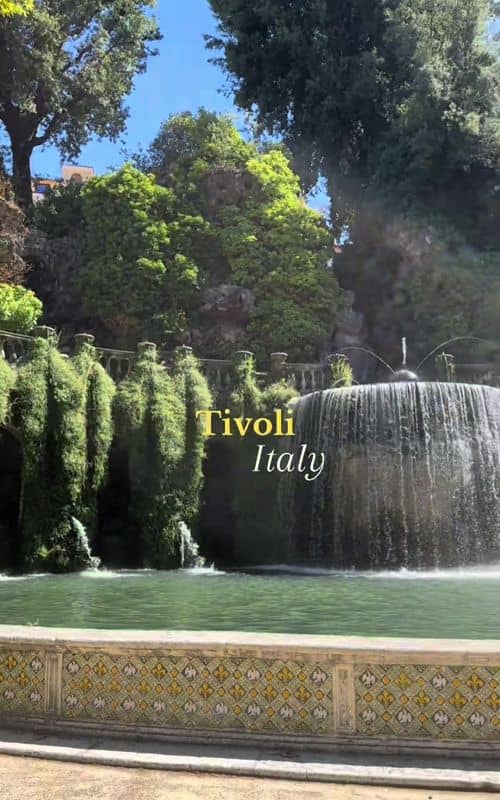
Social
From TikTok & Reddit
Best Time
Viewable from outside year-round.

Tomb of the Plautii
Best Time
Viewable from outside year-round.

Highlights
Must-see attractions
A well-preserved Roman mausoleum and historic bridge, offering a glimpse into ancient Tibur's grandeur.
"A beautiful Roman mausoleum, remodeled during the Middle Ages, offering a glimpse into history."
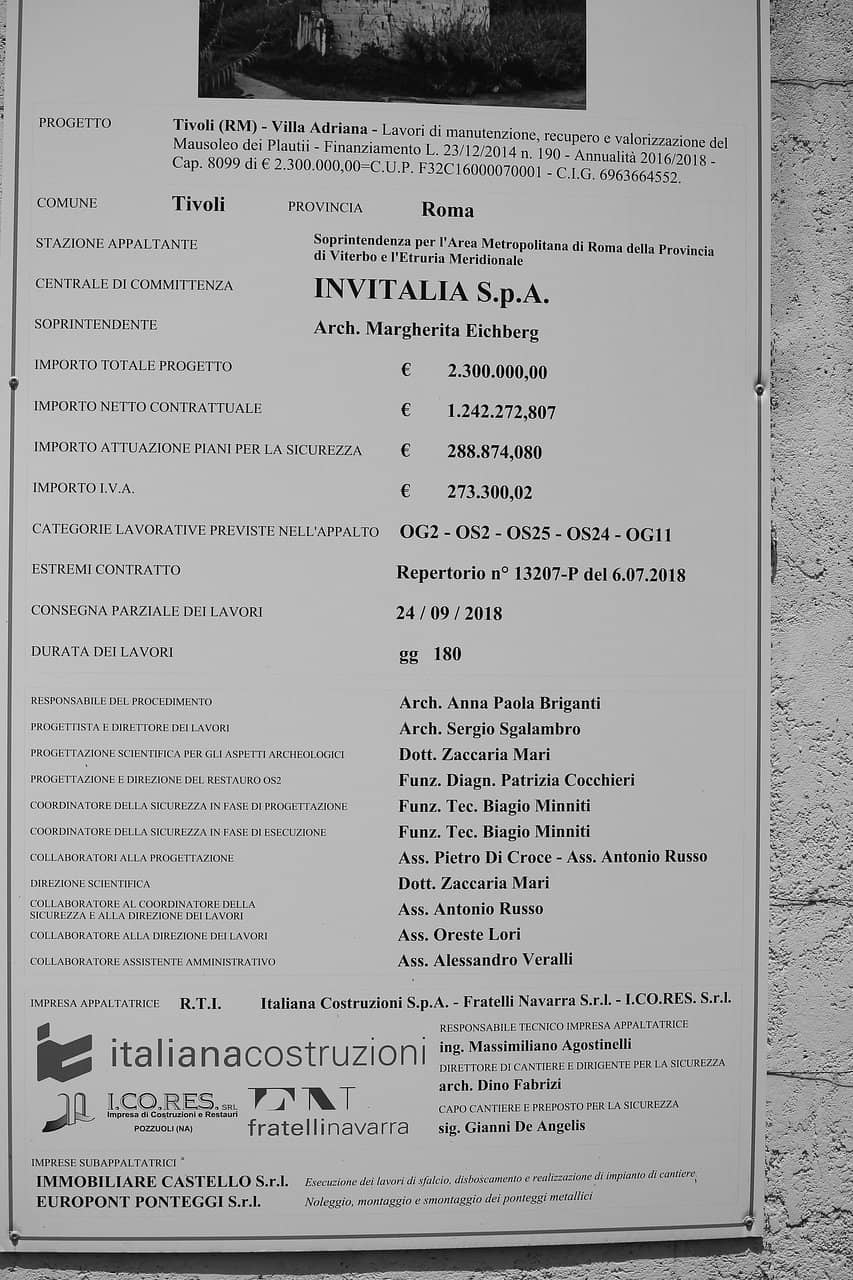
Check Reopening Status
The tomb is currently closed to visitors. Confirm reopening status before your visit. :informationdeskperson:
Explore the Surroundings
Even when closed, the exterior and nearby Ponte Lucano are worth seeing. :camerawithflash:
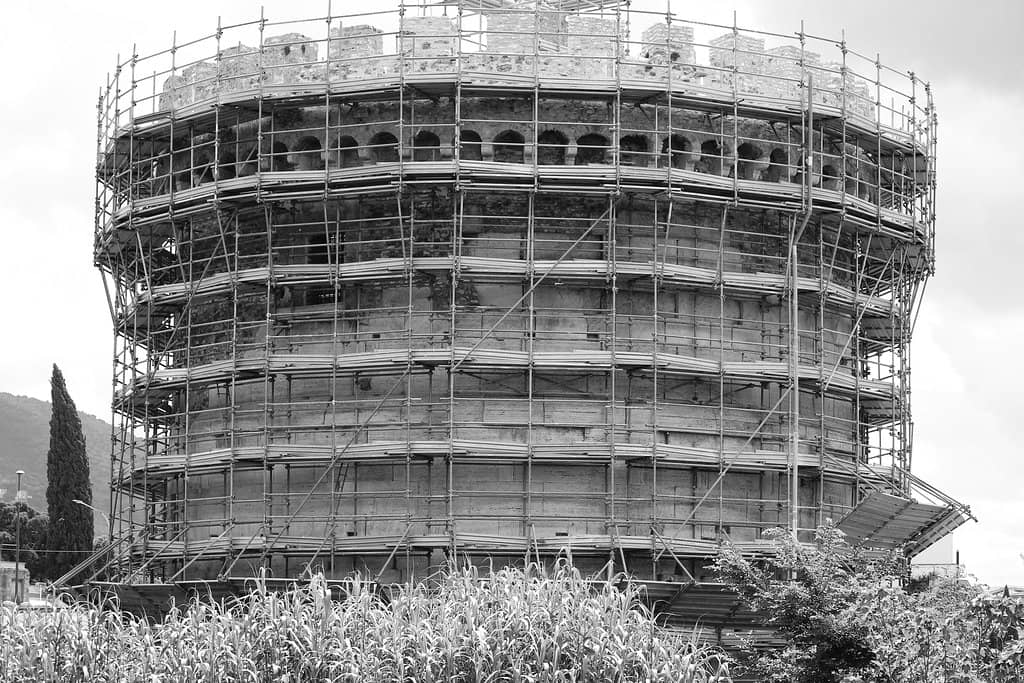
Highlights
Discover the most iconic attractions and experiences

Mausoleum of the Plautii
Near Ponte Lucano
An imposing cylindrical Roman tomb, a well-preserved example of ancient funerary architecture.
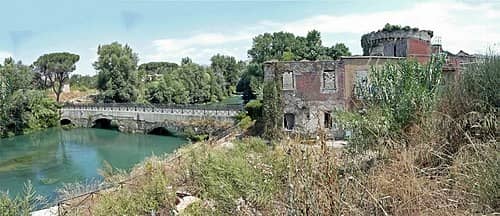
Ponte Lucano
Over the Aniene River
A historic Roman bridge, offering picturesque views and a connection to the Mausoleum's past.
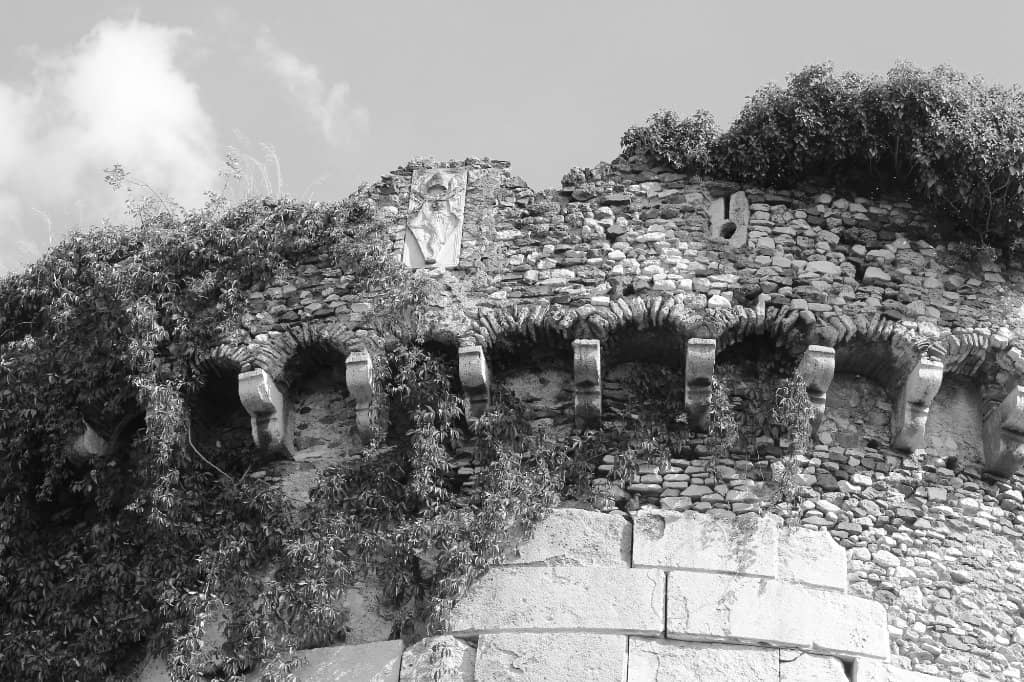
Educational Panels
Surrounding area
Informative displays detailing the history and significance of the site and its surroundings.
Plans like a pro.
Thinks like you
Planning Your Visit
Plan Your Visit to the Tomb of the Plautii
Navigating the Tiburtine Territory
Best Times
Insider Tips
from TikTok, Instagram & Reddit
Check Reopening Status
The tomb is currently closed to visitors. Confirm reopening status before your visit. :informationdeskperson:
Explore the Surroundings
Even when closed, the exterior and nearby Ponte Lucano are worth seeing. :camerawithflash:
Combine with Other Sites
Visit alongside Hadrian's Villa or Villa d'Este for a full day in Tivoli. :bus:
Understand the History
Read up on the Plauzi family and the mausoleum's medieval transformations. :scroll:
Tips
from all over the internet
Check Reopening Status
The tomb is currently closed to visitors. Confirm reopening status before your visit. :informationdeskperson:
Explore the Surroundings
Even when closed, the exterior and nearby Ponte Lucano are worth seeing. :camerawithflash:
Combine with Other Sites
Visit alongside Hadrian's Villa or Villa d'Este for a full day in Tivoli. :bus:
Understand the History
Read up on the Plauzi family and the mausoleum's medieval transformations. :scroll:
What Travellers Say
Reviews Summary
Visitors note the historical significance and impressive architecture of the Tomb of the Plautii and the adjacent Ponte Lucano. While the site is currently closed to the public, the exterior views and surrounding educational panels offer insight into its past. The ongoing landscaping aims to improve the area, though flood control measures have altered the immediate landscape.
"A beautiful Roman mausoleum, remodeled during the Middle Ages. The area has been converted into a museum, but the site is currently closed to visitors. The surrounding area is starkly neglected, with the ruins of buildings built atop the remains of Roman walls."
Francesca
"I update and confirm. It had to see a lot before it paid attention...and all in all, it's held up well over its two millennia, considering it has survived raids, changes in use, and neglect, becoming a landfill prey to the whims of the nearby Aniene River, which has flooded it several times. It is one of the best-preserved mausoleums, along with its much more famous but not very different cousin, Cecilia Metella. If you head toward Tivoli, you'll suddenly find it right next to you, and it would be a shame not to be able to stop (it's located in a spot where traffic is convulsively channeled). So beautiful that it seems Emperor Hadrian wanted to use it as a model for his own mausoleum (now Castel Sant'Angelo). It's not yet open to the public (access is via a staircase), but the surrounding area has been landscaped and offers a walk around with educational panels (mostly about Piranesi). The beautiful sculptural plaque with the inscriptions is located at the back and on the outside, so to visit it, you'll have to go around the gate and enter from the small parking lot before the bar, heading towards Ponte Lucano, which was guarded when it was fortified. It's a shame about that wall and those exposed hydraulic works, necessary for flooding. Check out my other reviews of Tivoli and Rome and its wonders, and if I was helpful, click "helpful," and if you like, follow me."
Roberto Cecchini
"The monument stands in an area that played a very important role in Roman times: an ancient traveler would have traveled a key stretch of the Tiburtine territory, encountering the ancient travertine quarries in the "Barco" area, the ancient Albule springs. After crossing the Lucanian Bridge, dominated by the massive Mausoleum of the Plauzi, he could have headed toward the grandest palace of antiquity, Hadrianic Villa, or continued his journey toward ancient Tibur, passing through the Sanctuary of Hercules. It is, therefore, an area particularly rich in history, having witnessed the turbulent events of the Tiburtine territory over the centuries.
The Mausoleum of the Plauzi is a large monumental tomb, among the most well-known and famous, after the Tomb of Cecilia Metella on the Appian Way, in the entire metropolitan area of Rome. The Plauzi were a senatorial family who, contrary to popular belief, were not originally from Tivoli but from Trebula Suffenas, now Ciciliano.
The Mausoleum is an imposing cylindrical monument that rests on a lower cubic structure, currently almost completely buried, within which the burial chamber is located. This chamber, explored several times and now flooded by the river, is quadrangular in shape with a vaulted ceiling and is accessible through an architraved door. Two Latin inscriptions are still visible on the exterior, the only ones still present among those once positioned around the mausoleum. They recount some of the events of the Plauzi family and allow us to identify the founder as Marcus Plautius Silvanus, whose ancestors are also listed. The inscription recalls his victorious campaigns in Illyrian territory, which earned him triumphal honors.
On the exterior wall of the cylindrical body, one can still appreciate the structure of travertine blocks, quarried from the nearby "barco" quarry, decorated with flat ashlar. Along the wall, some "holes" can be seen: these are not the result of firearms, as some popular rumor might suggest, but rather the result of so-called "spoliation": in ancient times, the blocks were connected with iron "grappe" embedded in lead, thus a phenomenon of "reuse" of materials that could be recovered from the ancient mausoleum. The structure underwent various changes over the subsequent eras, assuming, due to its strategic position along the Aniene, the role of a "fortress." Around the mid-1400s, the crenellated crowning with small arches was added. It is the subject of a restoration that began in March 2019."
Andrea Terenzi
What People Like
What People Dislike
Frequently Asked Questions
🚇 🗺️ Getting There
The Tomb of the Plautii is located in Tivoli, about 40-60 minutes from Rome by car. Public transport options include taking a train to Tivoli and then a local bus or taxi to the site. :bus:
There is a small parking lot available near the site, often before a local bar, which provides access to the area. :car:
If you are visiting other sites in Tivoli, like Hadrian's Villa, walking might be possible, but it's a significant distance. It's best accessed by car or local transport. :walking:
The most convenient way to reach Tivoli from Rome is by car. Alternatively, you can take a regional train from Rome Tiburtina station to Tivoli station. :train:
While the tomb itself is closed, some tours of Tivoli may include an exterior view and historical context of the site. :tour_bus:
🎫 🎫 Tickets & Entry
Currently, the Tomb of the Plautii is closed to visitors. Access is restricted, but the exterior and surrounding area can be viewed. :informationdeskperson:
As the site is closed, there are no official opening hours. However, the exterior is accessible for viewing at any time. :clock_3:
Since the tomb is not open for public visits, there is no admission fee. Viewing the exterior and the surrounding area is free. :moneywithwings:
No advance booking is required as the site is currently closed to the public. :ticket:
There is no confirmed reopening date. Visitors are advised to check official sources for any updates on restoration and access. :calendar:
🎫 🏞️ Onsite Experience
You can admire the imposing exterior of the cylindrical mausoleum and the adjacent Ponte Lucano. Educational panels in the surrounding area provide historical context. :camerawithflash:
The surrounding area is undergoing landscaping with educational panels. However, flood control measures have altered the immediate view. :construction_worker:
There are limited facilities directly at the site. It's advisable to use restrooms and purchase refreshments before arriving or at nearby establishments in Tivoli. :coffee:
While the exterior can be viewed, the uneven terrain and current construction may pose challenges. Access to the interior is not possible. :wheelchair:
It's a significant Roman mausoleum, built for the senatorial Plauzi family, and is considered one of the best-preserved of its kind, predating Hadrian's Mausoleum. :scroll:
📸 📸 Photography
Capture the mausoleum's cylindrical structure from different angles, and include the Ponte Lucano in your shots for a more dramatic composition. :camerawithflash:
Photography of the exterior and surrounding area is permitted. However, access to the interior is not possible. :iphone:
Golden hour, during sunrise or sunset, can offer beautiful lighting for capturing the ancient monument and bridge. :sunriseovermountains:
Drone usage is subject to local regulations. It's advisable to check with local authorities before flying a drone in the area. :drone:
No specific restrictions are noted for exterior photography, but always be respectful of the site and any ongoing work. :respect:
For Different Travelers
Tailored advice for your travel style
👨👩👧 Families with Kids
Consider combining this visit with a picnic in a nearby park or a stop at Hadrian's Villa, which offers more space for children to explore. The visual impact of the large ancient structures can be quite impressive for younger visitors, making it a memorable part of a day trip to Tivoli. :child:
🏛️ History Enthusiasts
Pay close attention to the details of the travertine construction and the remnants of its medieval modifications. The surrounding area's historical context, including the Ponte Lucano and its role in ancient travel, further enhances the understanding of the site's importance. This is a place where layers of history are visibly present, inviting detailed exploration and appreciation. :scroll:
📸 Photographers
While the immediate area has been impacted by flood control infrastructure, creative framing can still yield compelling images. Consider incorporating the surrounding landscape or the river into your compositions. The educational panels also offer potential for detail shots that tell a story about the site's past. :camerawithflash:
Deep Dives
In-depth insights and expert knowledge
The History and Architecture of the Mausoleum
Over the centuries, the mausoleum's function evolved significantly. Due to its strategic location along the Aniene River, it was repurposed as a fortress during the Middle Ages. In 1465, Pope Paul II added battlements and small arches to enhance its defensive capabilities, further altering its original appearance. These transformations highlight the site's enduring presence and adaptability through different historical periods.
Emperor Hadrian is even thought to have used it as a model for his own mausoleum, now Castel Sant'Angelo in Rome. The site also features two Latin inscriptions on its exterior, detailing the Plauzi family's history and achievements, including the military triumphs of Marcus Plautius Silvanus. Despite its current closure, the mausoleum remains a testament to Roman engineering and the rich history of the Tiburtine territory.
The Significance of Ponte Lucano
The Ponte Lucano has witnessed significant historical events. It was partially destroyed during the Greco-Gothic Wars by Totila's Goths to impede the Byzantine advance, only to be rebuilt later. In 1155, it served as a backdrop for a pivotal meeting between Frederick I Barbarossa and Pope Hadrian IV, where the people of Tivoli presented the keys to their city. This event underscored the bridge's strategic and symbolic importance.
During the Grand Tour era, the Ponte Lucano, along with the Mausoleum of the Plautii, was a frequently depicted subject, captivating travelers with its scale and harmony. Today, while flood control measures have impacted the immediate surroundings, the bridge remains a picturesque landmark, offering views of the Aniene River and a tangible link to the area's ancient past.
Tivoli's Historical Context
This territory has experienced turbulent events throughout the centuries, from Roman times through the Middle Ages and beyond. The strategic importance of the Aniene River and the monuments along its banks meant they were often central to conflicts and political shifts. The continuous presence and adaptation of these structures, from tombs to fortresses, speak to their enduring significance.
Visiting the Tomb of the Plautii, even from the outside, offers a chance to connect with this rich historical tapestry. It's a reminder of the ancient Roman world's engineering prowess and the layers of history that have shaped this fascinating Italian landscape.
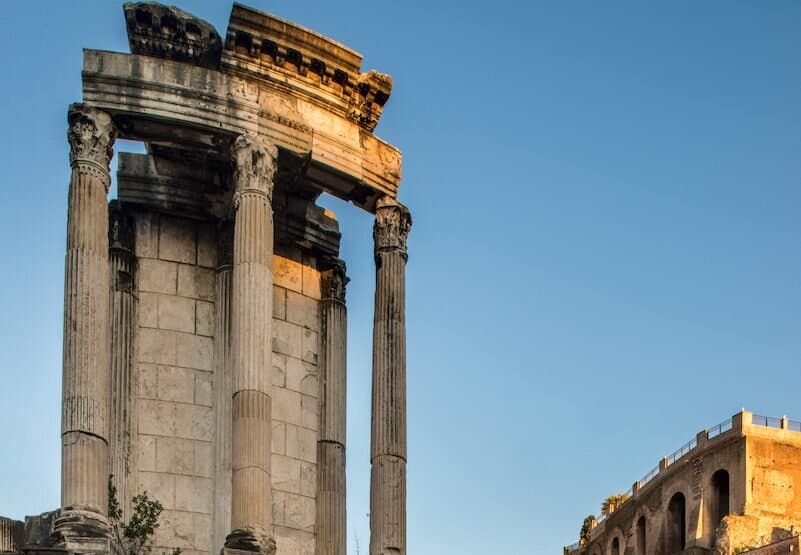
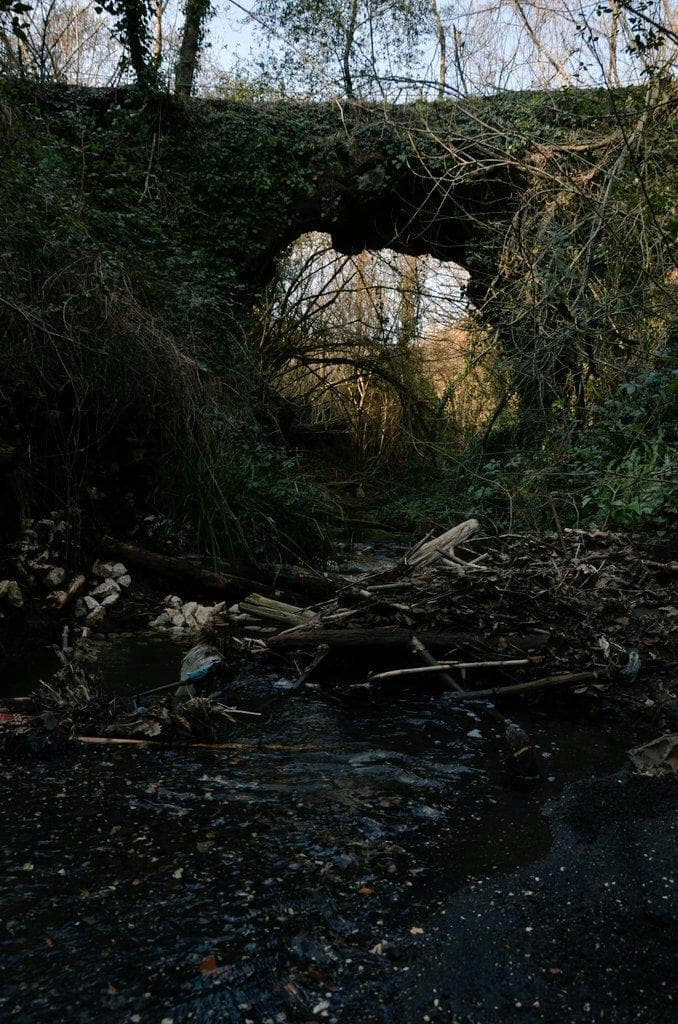

Social
from TikTok, Instagram & Reddit